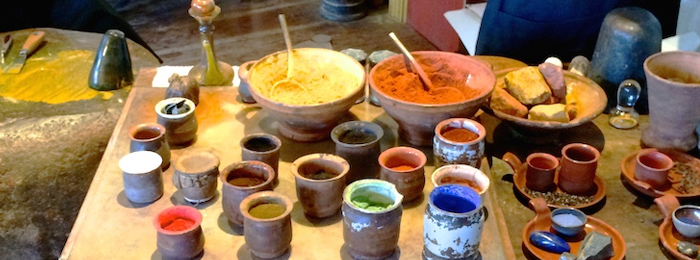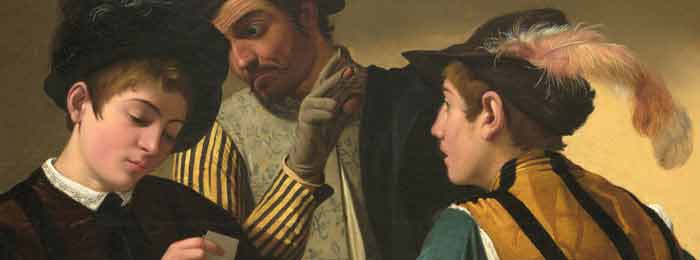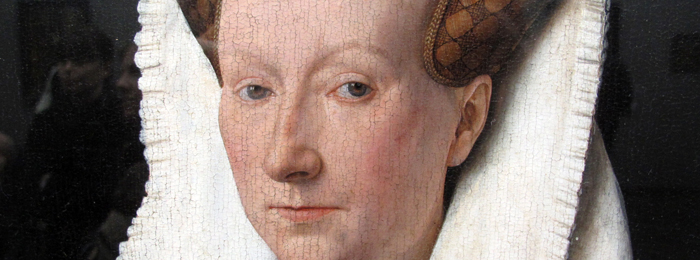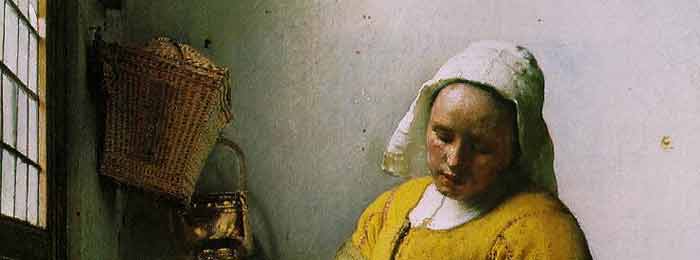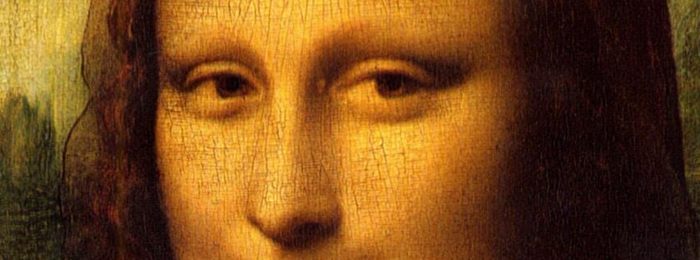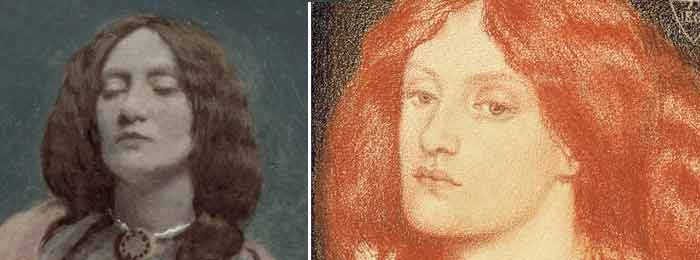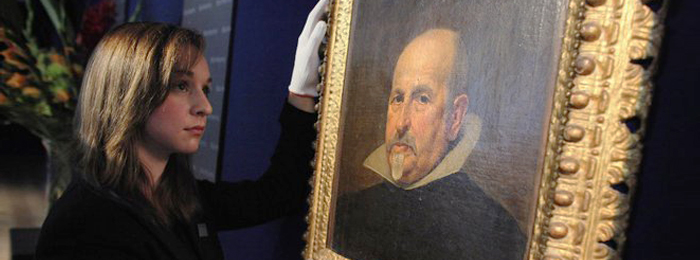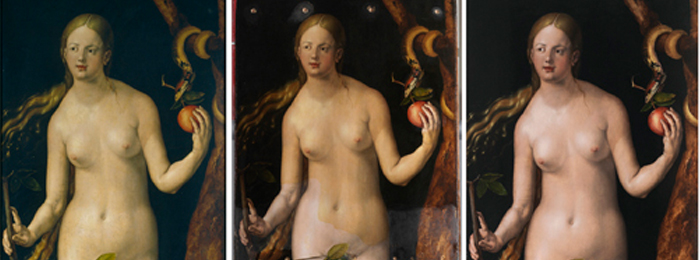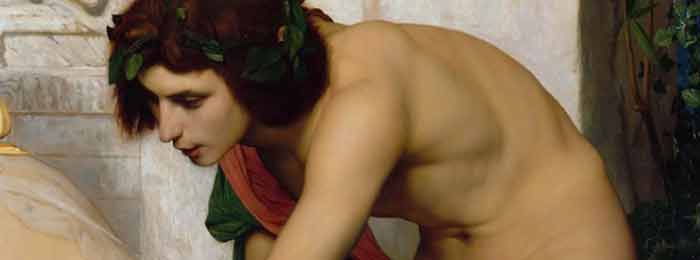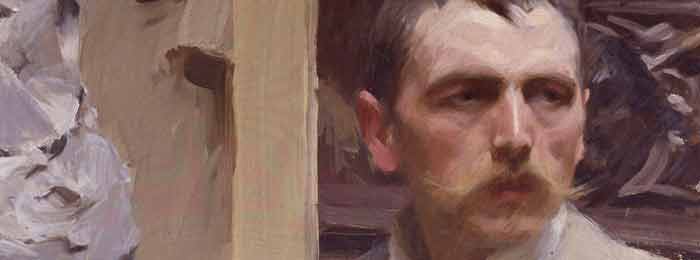On 24 Jul, 2015 With
The Rembrandt Palette Rembrandt created his portraits with a small palette of colours dominated by dark earth tones and golden highlights. Remember the number of pigments available to the 17th century artist were miniscule when compared to those available to the modern artist. Rembrandt was unusual in that he used around hundred, but less than 20 pigments have been detected in Vermeer’s oeuvre. Portraits by Rembrandt have a special quality- the brilliant use of light to illumine faces, jewels and rich fabrics; the effective use of a limited palette, and the rich, dark, transparent backgrounds all set off the subjects of his portraiture in a way never seen before and often imitated afterwards. It has been said that a painter has…
Read More
On 21 Jul, 2015 With
Caravaggio’s painting technique: Using all of the technical and art historical information we now have on the paintings that can be firmly attributed to Caravaggio we can summarize his technical practices as follows: 1) Preference for using a linen canvas support mounted on a wooden strainer. 2) Preference for dark red-brown ground, often left visible, and used as mid-tones. 3) Use of dramatic, single-source lighting. 4) Use of incisions done free-hand in the still moist ground to establish the composition and fix the pose of his models. 5) Did not use preliminary sketches but began by loosely drawing the outline of forms in dark paint and locating major highlights in lead white (abozzo). 6) Used limited palette, primarily earth colors,…
Read More
On 18 Jul, 2015 With
Glazing Painting Techniques So, here I’ll give you way too much information on glazing (or indirect painting). But you can pick out what you need and forget the rest. It’ll be right here if you ever change your mind. Here’s the first rule (yes, in art rules are for breaking, but you have to understand the rule before you can break it most effectively) Fat Over Lean All mediums are fat, all opaque pigments without medium are lean. You want to paint opaquely first, with little or no medium. In subsequent layers you can move to using more medium because the oil will soak through to the first layer. Also, you don’t want the under layer to dry slower than…
Read More
On 18 Jul, 2015 With
Oil paintings techniques: Vermeer’s Palette Johannes Vermeer was a Dutch painter who specialized in domestic interior scenes of middle-class life. Vermeer was a moderately successful provincial genre painter in his lifetime. He seems never to have been particularly wealthy, leaving his wife and children in debt at his death, perhaps because he produced relatively few paintings. One aspect of his meticulous painting technique was Vermeer’s choice of pigments. He is best known for his frequent use of the very expensive ultramarine (The Milkmaid), and also lead-tin-yellow (A Lady Writing a Letter), madder lake (Christ in the House of Martha and Mary), and vermilion. He also painted with ochres, bone black and azurite. The claim that he utilized indian yellow in Woman Holding…
Read More
On 14 Jul, 2015 With
Vitruvian Man Helps Decode the Mona Lisa The Yin and Yang qualities of the two cojoined forms of the Vitruvian Man and those of the Mona Lisa (both considered to be self portraits of Leonardo Da Vinci)help us to experience our own wholeness. This leads to greater peace and happiness. These Yin and Yang qualities are also found in the Star of David and Christian Cross. Leonardo said it best: “The outstretched arms and legs of a man form a square and a circle: the square symbolizes the solid physical world and the circle the spiritual and eternal. Man bridges the gap between these two worlds.” -Leonardo Da Vinci, “The Magical Proportions of Man” Leonardo Da Vinci’s Vitruvian Man (the…
Read More
On 30 Jun, 2015 With
Rossetti did not have the natural technical talent that is seen in the small detail and brilliant color of a typical Pre-Raphaelite painting, and his early oil paintings, the Girlhood of Mary Virgin (1849) and the Ecce Ancilla Domini (1850), were produced only at the expense of great technical effort. In the less demanding technique of watercolor, however, Rossetti clearly revealed his imaginative power. The series of small watercolors of the 1850s produced such masterpieces as Dante’s Dream (1856) and the Wedding of St. George and the Princess Sabra (1857). In almost all of Rossetti’s paintings of the 1850s he used Elizabeth Siddal as his model. Discovered in a hat shop in 1850, she was adopted by the Brotherhood as their ideal of feminine beauty. In 1852 she…
Read More
On 30 Jun, 2015 With
Newly-discovered Velazquez portrait A Trinity College Dublin lecturer has discovered a previously unknown painting by the artist Diego Velazquez. The 300-year-old portrait of a man was thought to belong to a minor 19th century British artist until Dr Peter Cherry identified it as the work of the Spanish master. Velazquez is regarded as one of the greatest painters of all time. There are only 100 known paintings by him worldwide. The painting was offered for sale among other more ordinary works at an auction in Oxford. But the auction house contacted Dr Cherry of Trinity’s Department of Art and Architecture after some details in the painting aroused interest. A former student of Dr Cherry’s worked at the auction house, Bonhams….
Read More
On 29 Jun, 2015 With
The Restoration of Adam and Eve by Dürer Documentation exists on the restorations undertaken on the paintings since the 18th century when they were in the Spanish royal collection. Having entered the Prado in 1827, they were restored in the mid-19th century and it is recorded that further work was undertaken on the Adam in the 20th century, when a cradle was attached to the back. The accumulation of these interventions ultimately resulted in a harsh, flat image that lacked the original enamelled effect achieved by the artist. Thick layers of dirt, oxidised varnishes and areas of repainting that had darkened over time covered the paint surfaces, concealing Dürer’s brushstrokes and original colouring. These old restorations also affected the panels…
Read More
On 28 Jun, 2015 With
Clothed female, naked male in Art Clothed female, naked (or nude) male is a genre of erotica featuring one or more nude men and one or more clothed women. In classical antiquity, the portrayal of nude male form in art (including the exposure of genitals) was considered to be more acceptable than that of the naked female form. This can be seen in the comparative portrayal of the classical theme of Perseus and Andromeda. In a wall painting of ancient Pompeii, Perseus is nude while Andromeda is fully clothed. By the renaissance, this view had reversed. For example, in Titian’s treatment of Perseus and Andromeda in mid-1550s, however, it is Andromeda who is nude – save for the barest wisp of fabric – while Perseus is clothed in armour. Depictions of…
Read More
On 27 Jun, 2015 With
Palettes of Famous Artists. Zorn Palette Swedish painter Anders Zorn (1860-1920) has long been associated with a limited palette of four colors. Rosemary Hoffman, in the book Northern Light: Nordic Art at the Turn of the Century wrote, “Zorn was noted for executing paintings using a sober color scale limited to white, ochre, vermilion, and ivory black.” Hans Henrik Brummer, writing in the 1986 catalog on Zorn, said “basically his register was limited to black, white, earth yellows and vermilion; other pigments could be used if local accents were needed.” Several art teachers, such as Jeff Watts, use the “Zorn palette” (sometimes substituting cadmium red light for vermilion) as a teaching tool because it provides students with a finite range of color choices with a…
Read More


